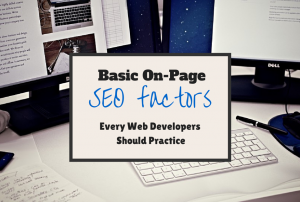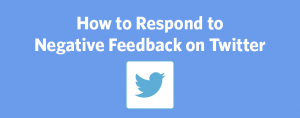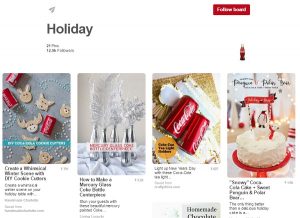Inbound marketing is king these days. But that doesn’t mean cold emails are dead.
The big question is: how to write a cold email that people open and respond to?
The trick is to create cold emails that don’t sound like cold emails. Make them sound natural, as if they’re from the recipient’s colleague or peer.
Sales reps can test 1,001 things in their cold emails. But there are five elements that will always make for a better cold email in 2020.
Here’s how to write a cold email that actually works.
How to Write a Cold Email in 5 Steps
#1: Curate A Qualified, Targeted List
Before you write a single word of a cold email, you need to make sure you’re contacting the right people. So it’s very important to compile a list of targeted professionals who are likely to want what you’re offering.
The best way to curate a qualified list is with the LinkedIn Sales Navigator, a premium account that offers many features. One of the best features it offers is the Advanced Search.
This search option lets you get very specific with your results. You’re able to narrow down the profiles to those that fit your desired industry, job title, and even length of time they’ve been at a company.
You can look through those LinkedIn profiles and see which people you think would be interested in hearing from you. Then, with Sales Navigator, you can add those profiles to an organized lead list.
To do this, go to Lists ? Lead Lists within your Sales Navigator account. Then click “Create Lead List” or at the top-right corner. You’re able to title the list and set up notifications for any time someone on that list changes something on their profile.
#2: Find Lead Emails
There’s a reason why email may be better than LinkedIn’s InMail option. InMail messages limit you to 300 characters and just 20 messages per month. Email has virtually no limits as long as you warm up multiple accounts.
But how do you get the email addresses of the professionals on your lead list?
By using LinkedIn Sales Navigator, you can extract the emails from the profiles you’ve collected using an email scraper.
These are the addresses you want to email. Professionals on LinkedIn who actually care about their careers use their best contact info, usually a work email. Because you’re contacting them about a business matter, the email should go to their business-related address.
#3: Personalize, Starting With The Subject Line
Personalization is the key for how to write a cold email that gets opened. There’s no doubt about it.
EveryVowel’s Jon Youshaei and Contently’s Shane Snow did a cold emailing test to see what works and what doesn’t. Out of the 707 emails they sent that arrived successfully, 45.5% were opened.
That’s double the open rate of a mass email sent to business people, according to stats from MailChimp and ConstantContact.
How did they get such a high open rate?
They personalized every. Single. Email.
The point here is to make each email specific to the recipient, starting with the cold email subject line.
After they’ve opened your email, your email needs to welcome them, again, personally.
Try to show the person that you have done your research and that this email is relevant to them.
Here are some tips for personalizing your email:
- Use their name in the greeting
- Mention something they have accomplished
- Cite a piece of work they created/shared
- Compliment them wherever it feels natural
Making each email personal makes it seem less like a cold email and more like an email worth responding to.
#4: Add Something Of Value
These initial cold emails aren’t about selling.
They’re about making a connection, starting a conversation, and adding value. Your leads (at least most of them) should be happy to have gotten your email.
So to avoid being spammy and make a good first impression, promise value. This could be a relevant and helpful resource, like an article or video related to your industry. It could be a free phone consultation.
Whatever it is, hint at it — don’t try to sell it — in the first email.
Don’t include links or attachments in the initial message. Just ask them if they may be interested in learning more about [insert topic].
Then mention that you have resources you’d be happy to send along if they’re interested. Never send attachments without their consent and don’t include links in the first email as that can trigger spam filters.
#5: Make It Short & Snappy
Business professionals are busy. They don’t have time to respond to, or even open, every email. So the shorter you can make your subject line and email body, the more chance you have of getting a response.
When you get an email, you can see part of the subject line and a preview of the beginning of the email. Remember this when you’re cold-emailing people.
The subject should be just a few words so they can see the whole thing. And the opening line should be specific and intriguing.
Once you have them hooked, then you can start reeling them in — touchpoint by touchpoint.
The original version of this article appeared at Wiza.co.
Digital & Social Articles on Business 2 Community
(54)
Report Post







